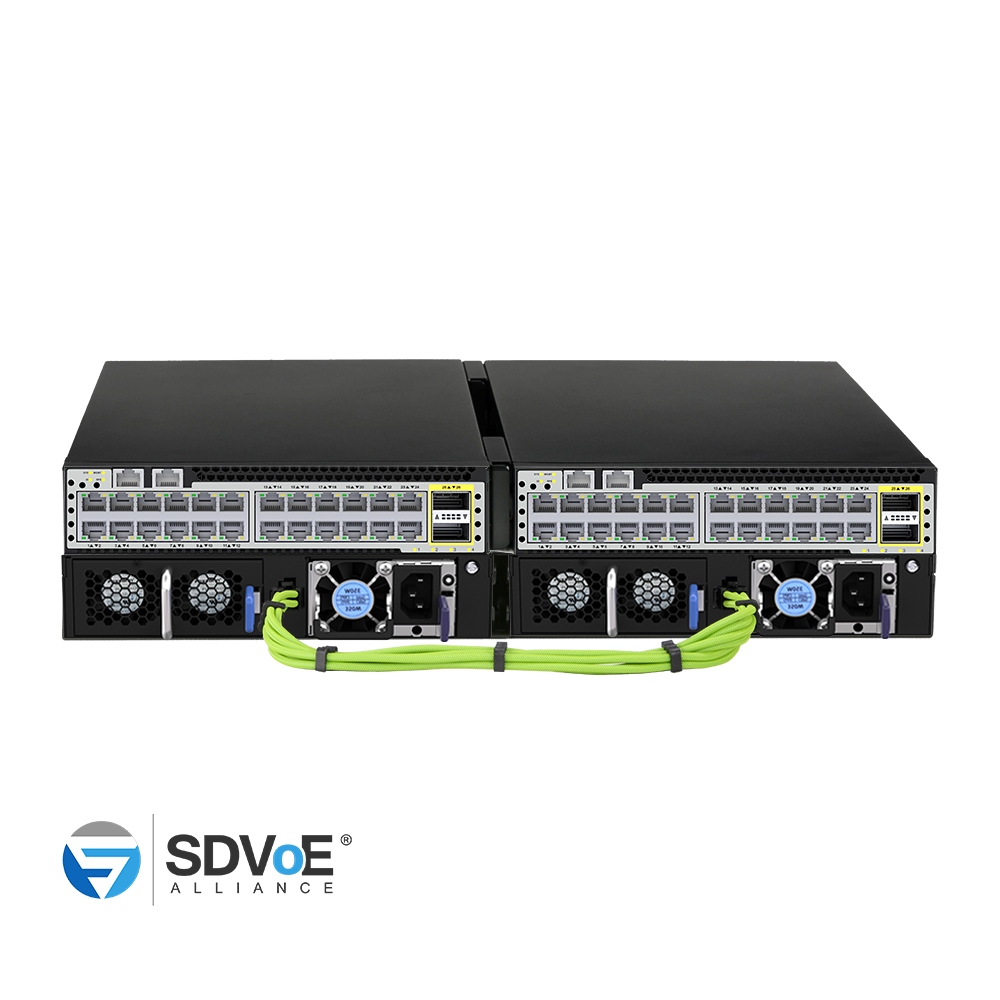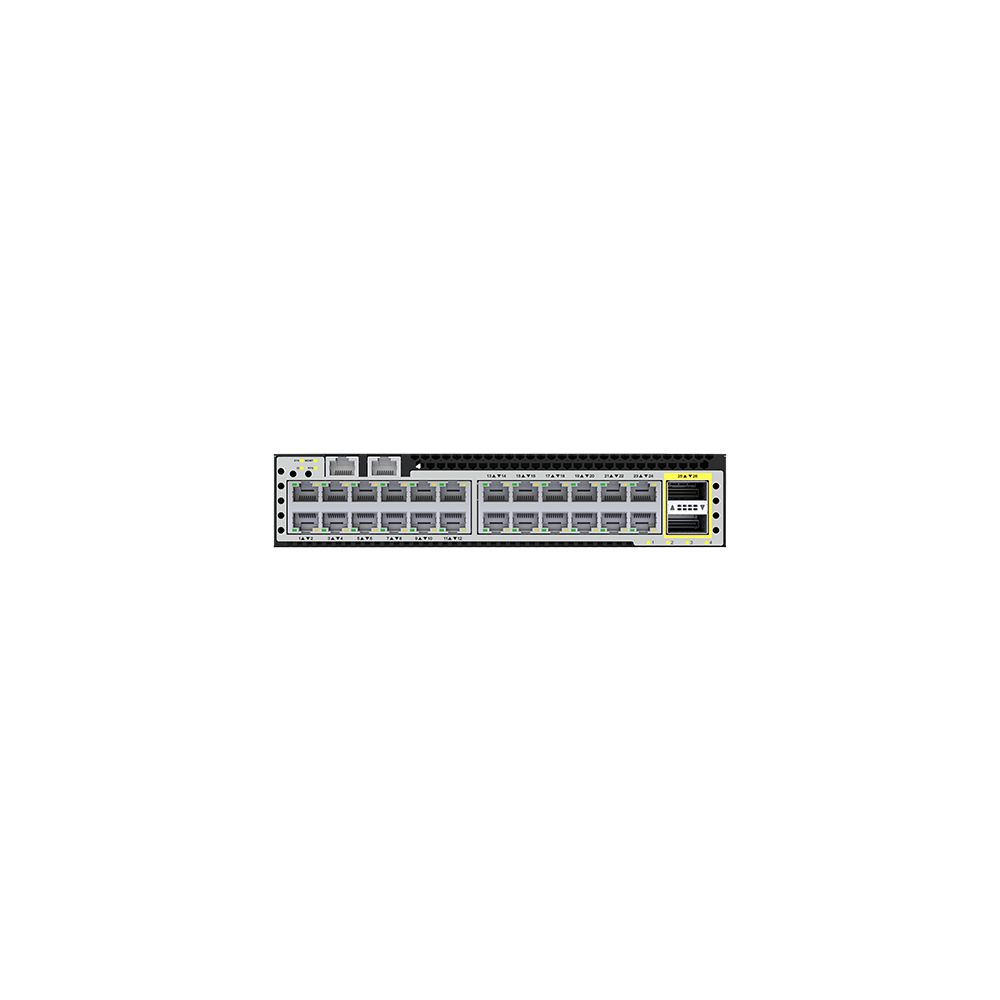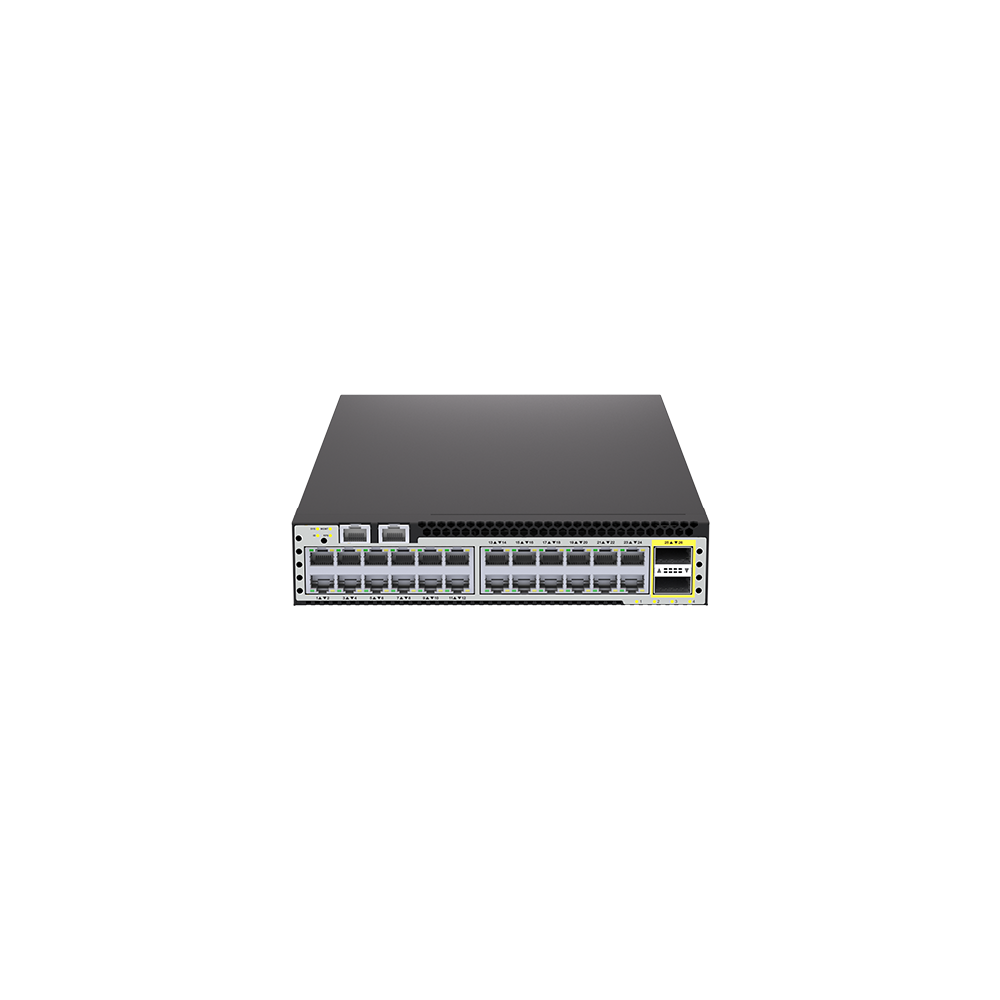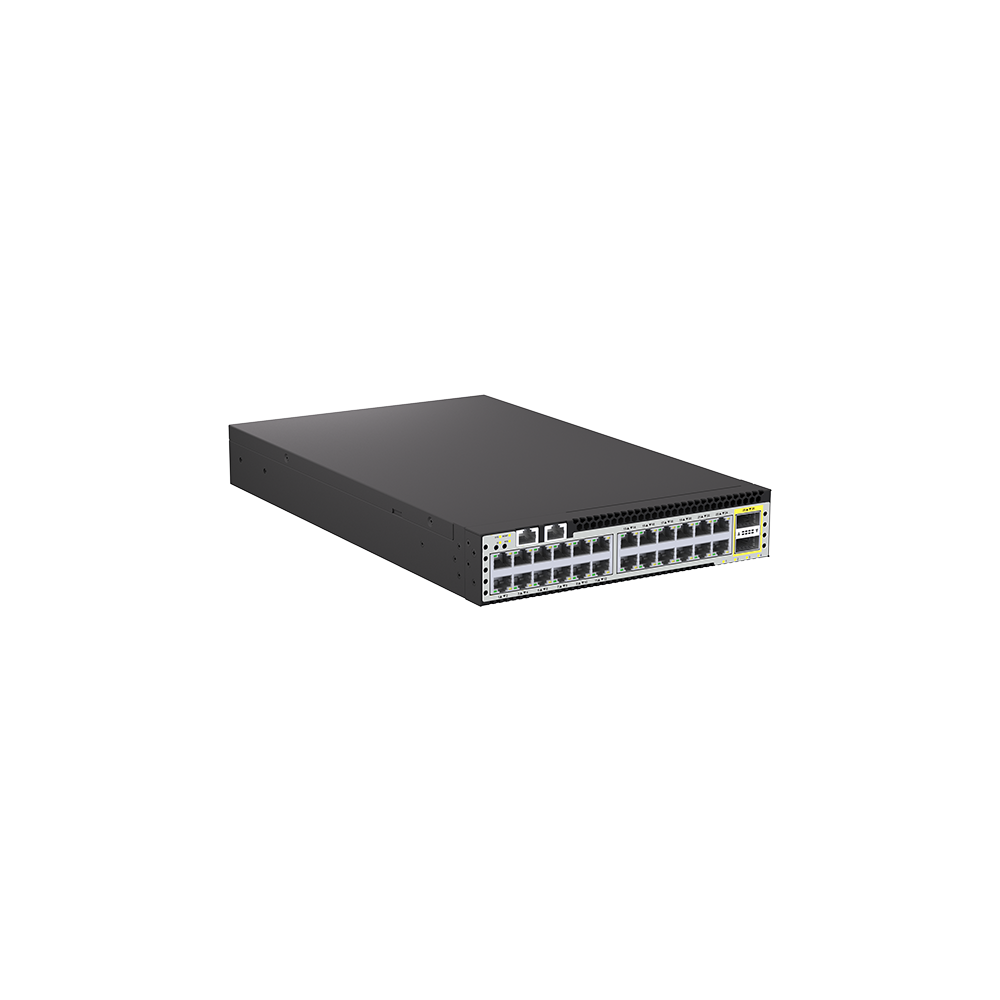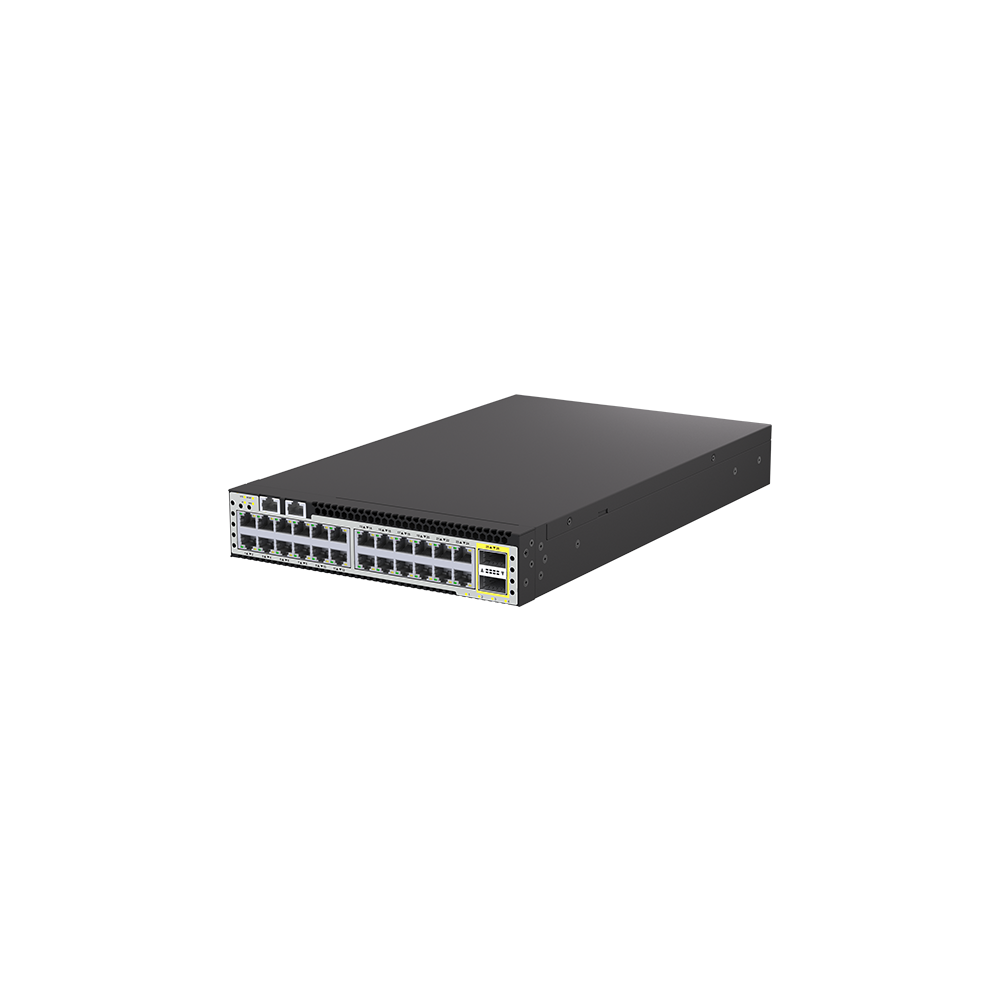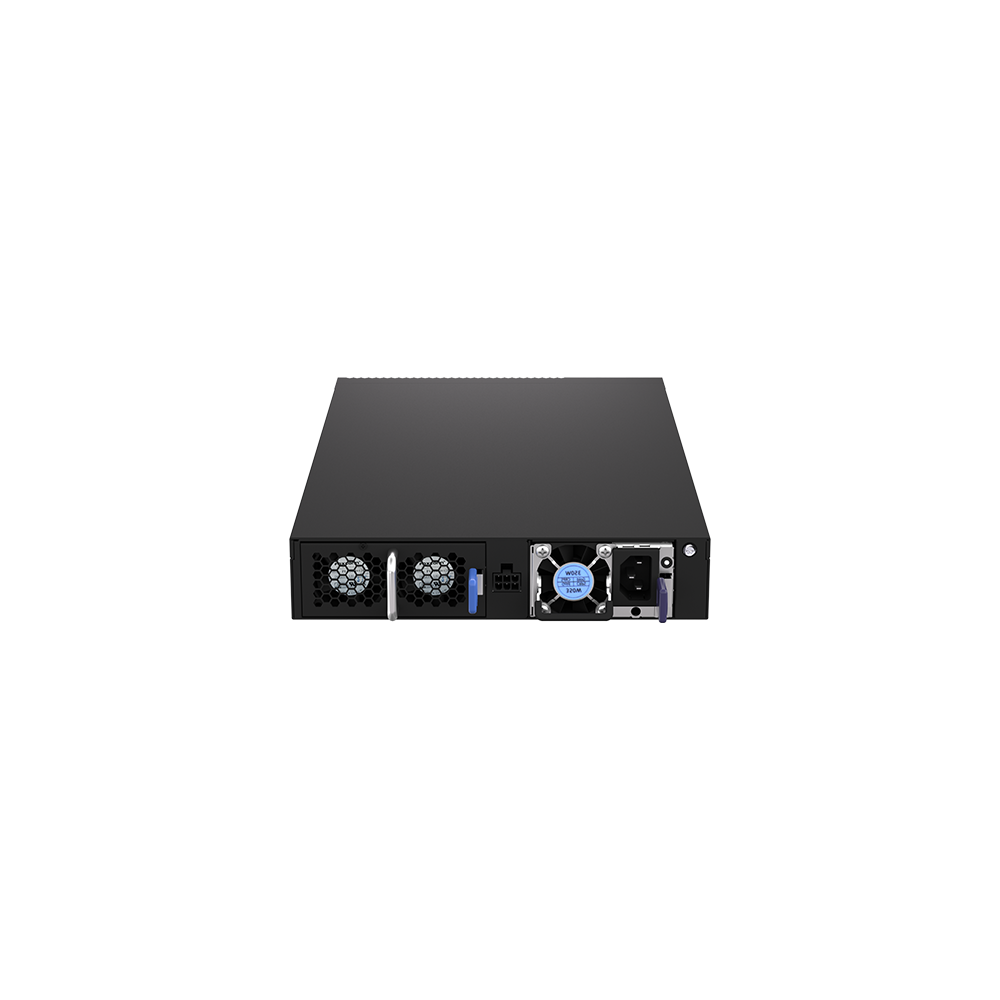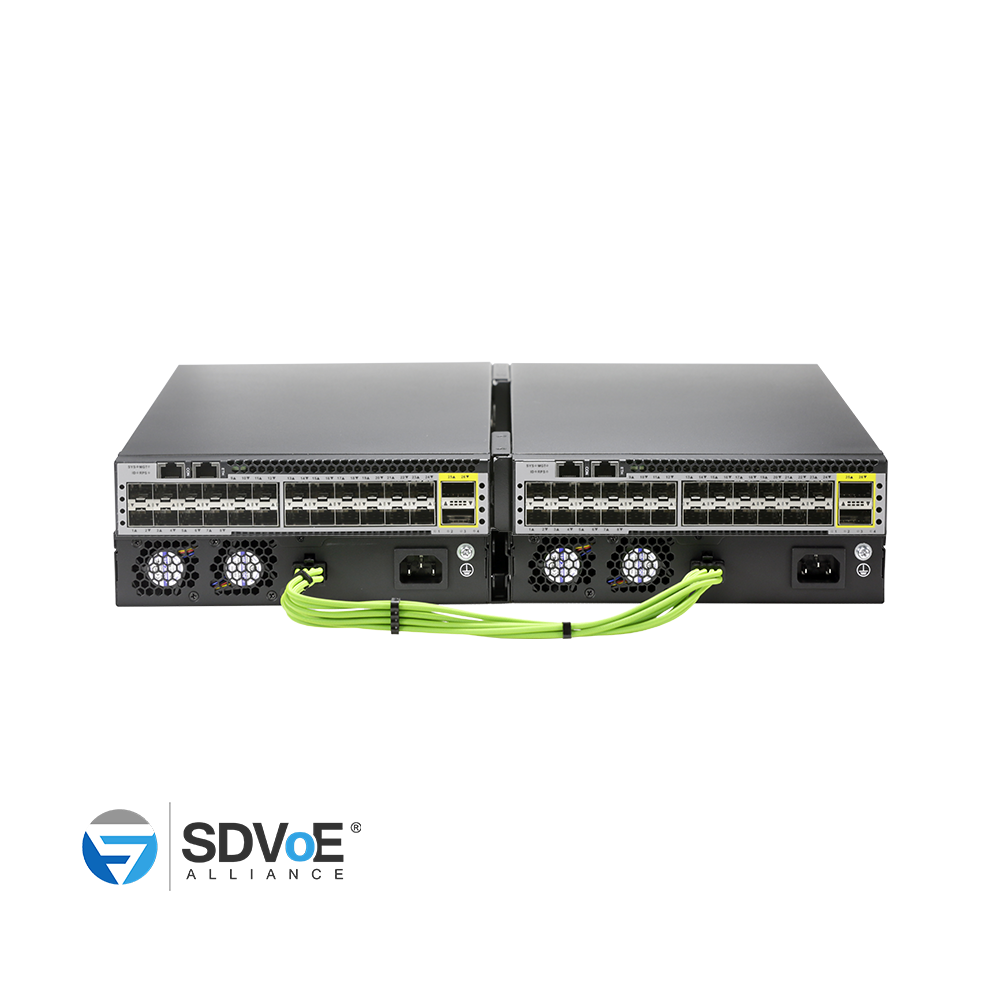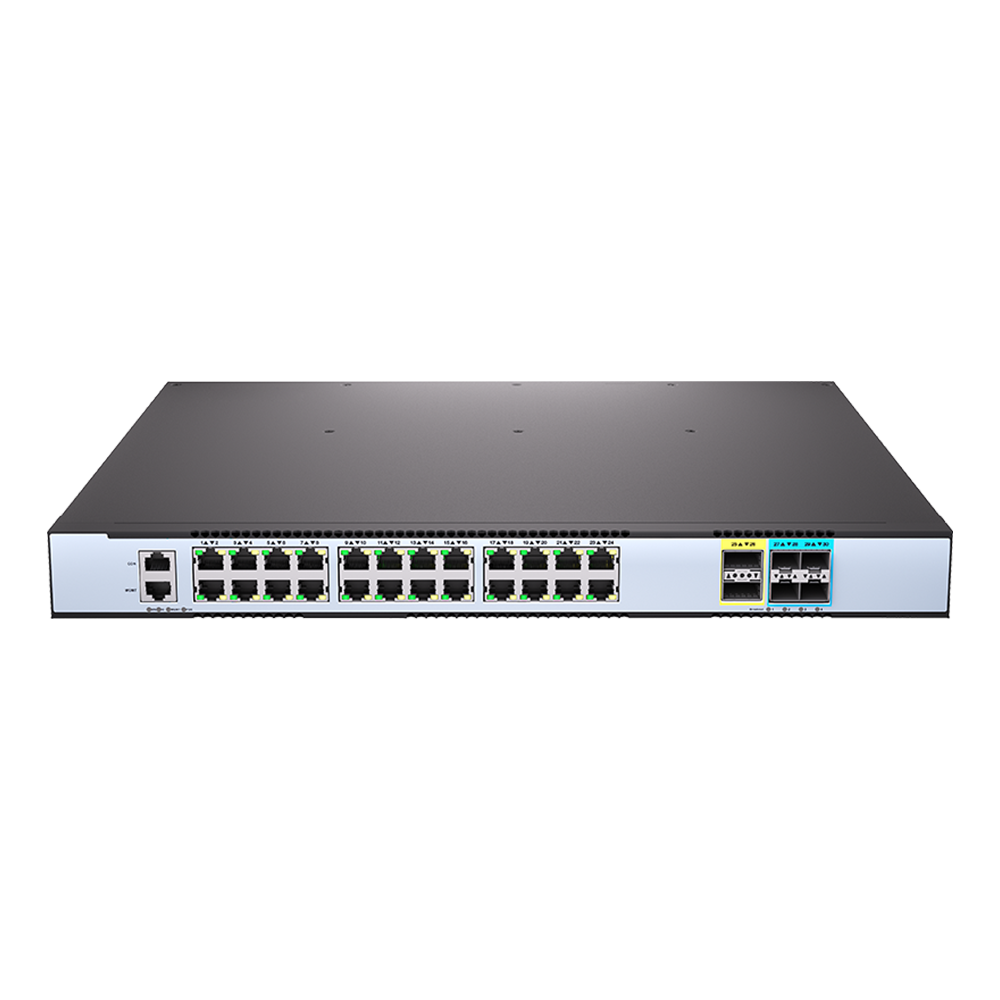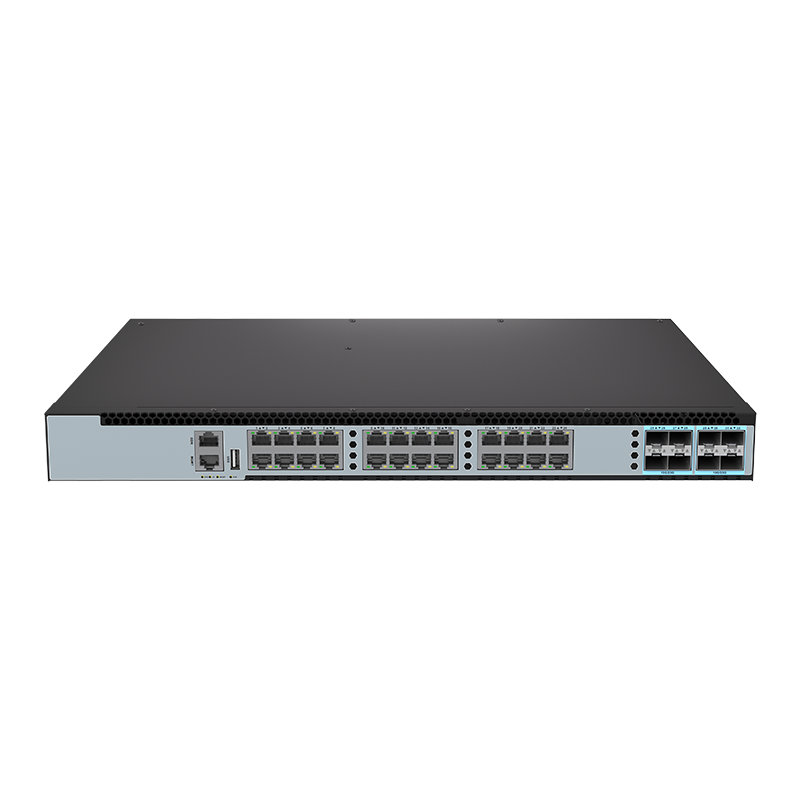Description
Product Overview
The DynamicDuo Series switches designed on a domestic popular switch chip, which called VastLakes Series Chip platform with 10G/40G/100G high speed ports and rich features, these switches will perfectly meets the requirements of Campus, Enterprise, Data Center, and SDVoE networks.
Key features of the DynamicDuo Series Switches
- Flexible installation and deployment methods
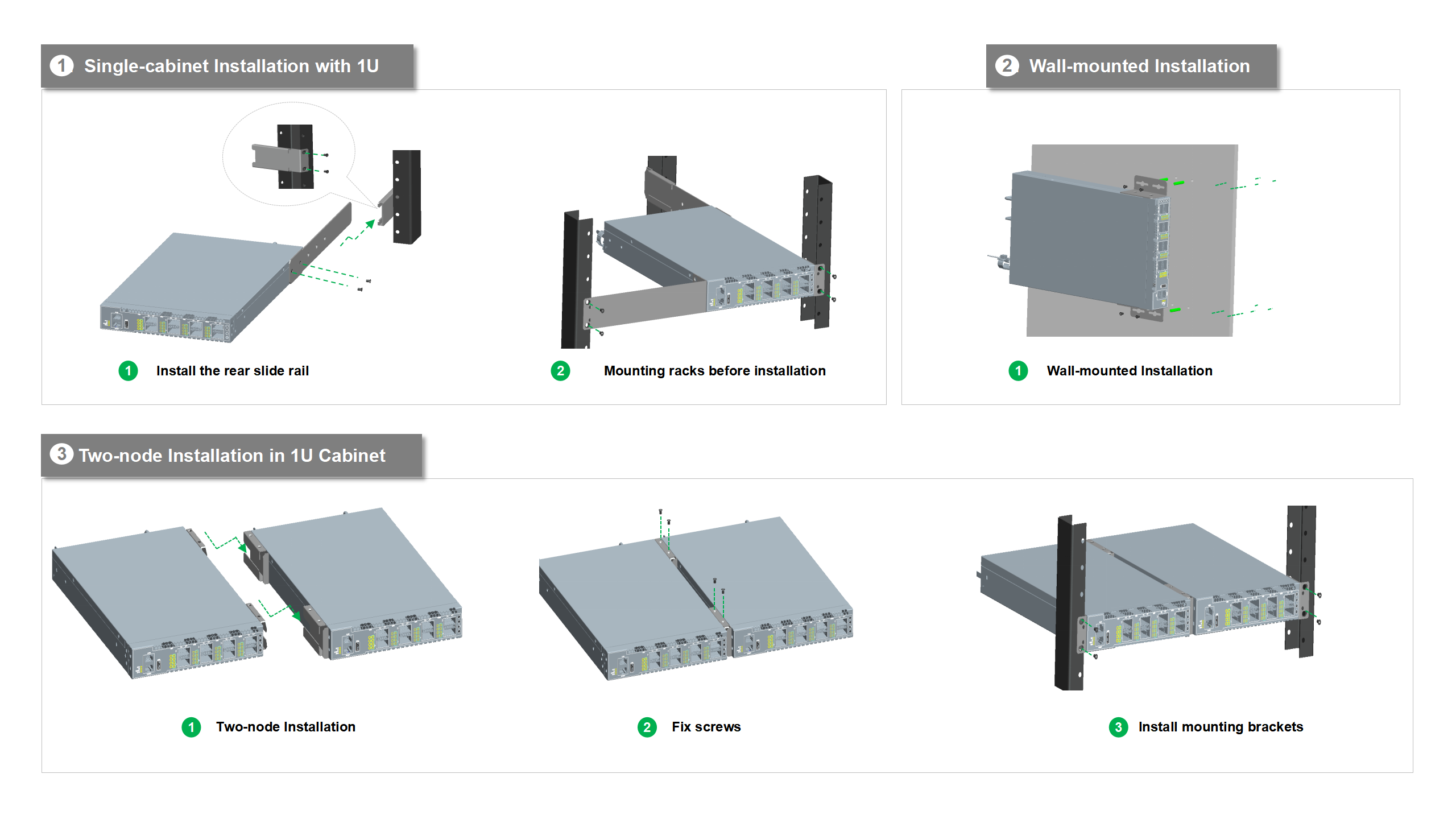
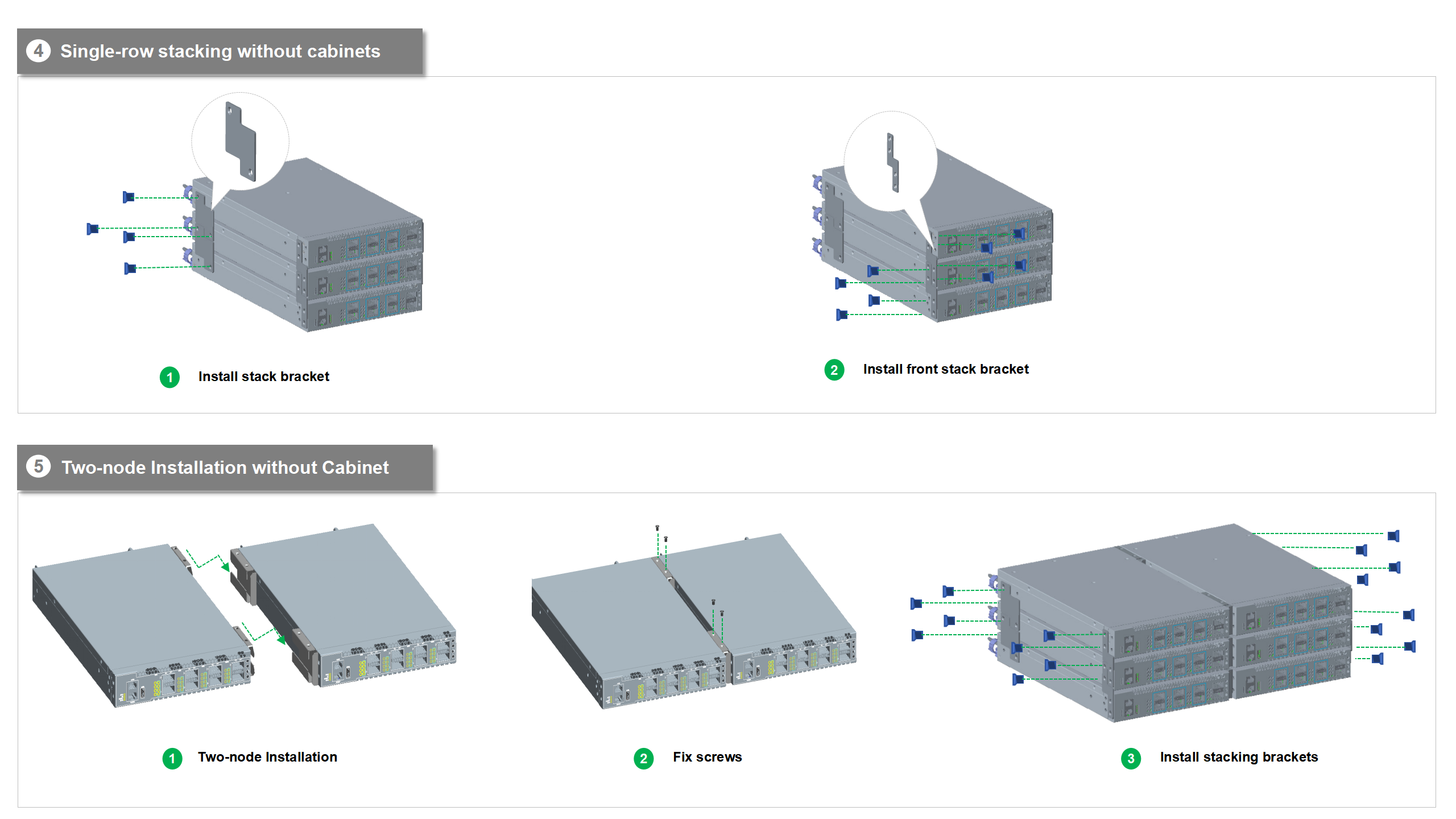
- Visual Web GUI and multiple management MethodsHOS allows you to quickly configure common configuration items using a visual WEB GUI, which lowers the application threshold for users. The DynamicDuo Series switches support varied management ways, include console port / in-band network ports / out-of-band network port. Support SNMP v1/v2/v3, Support CLI (Command Line Interface), web management, Telnet and FTP connection. Support OAM to make management more convenient, and support SSH2.0, etc. to ensure security of management.

- Integrate SDVoE API Server
SDVoE switches built-in SDVoE API Server, users no need to purchase additional SDVoE controller, simplifying the network architecture. The web page is simple and easy to operate, without complicated steps, only the following three simple parts: SDVoE, Multicast, DHCP Server, you can complete the relevant configuration of SDVoE, and reduce the overall time cost and project cost of users. 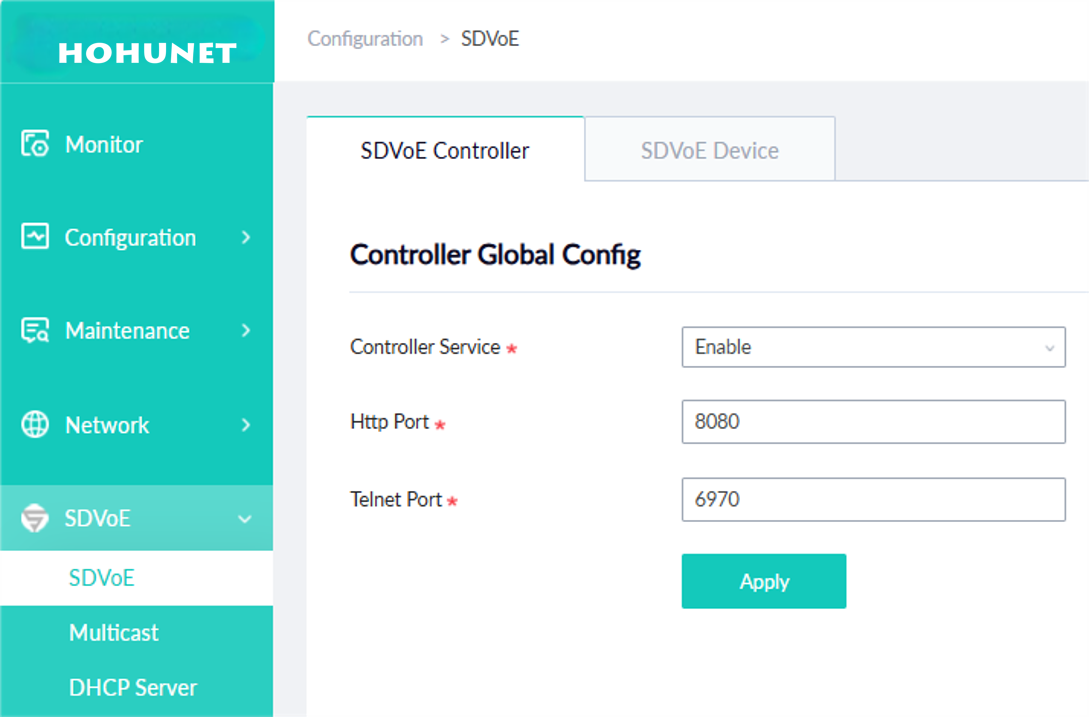
- Supports Multiple Dual-system Physical Hot Backup

- Support MLAG Active-active dual-system hot backup
Support MLAG (Multi-Chassis Link Aggregation) to aggregate links across different devices. MLAG can build an Active-Active system to improve the reliability of the network links from single board grade to device grade. MLAG use a peer link between to devices to aggregate two devices and make them as one device logically. Ports of two different devices join the aggregate ports together and all port can transmit the data traffic. MLAG need to management the device respectively, but the configurations are easier than stacking, reboot is NOT required after MLAG is configured. Forwarding and configuring are processing on local device, in normal condition the traffic do NOT transmit trough the peer link, the bandwidth of peer link is not the bottleneck of the network and the latency is low.


